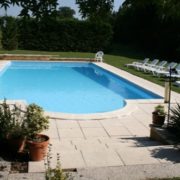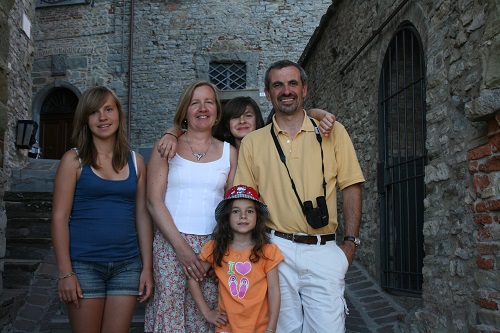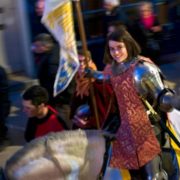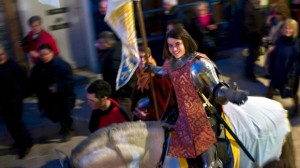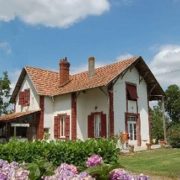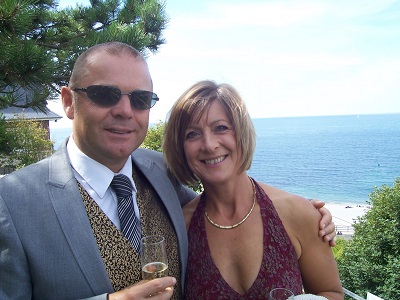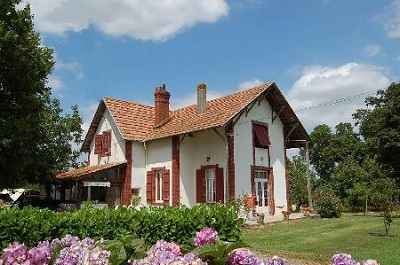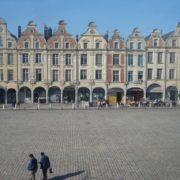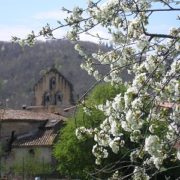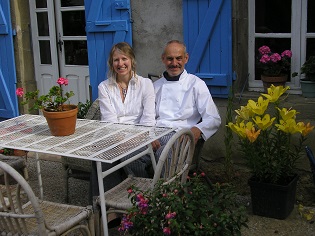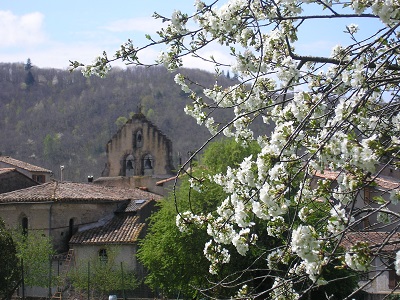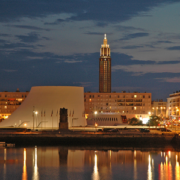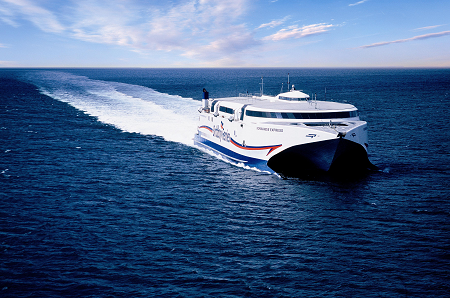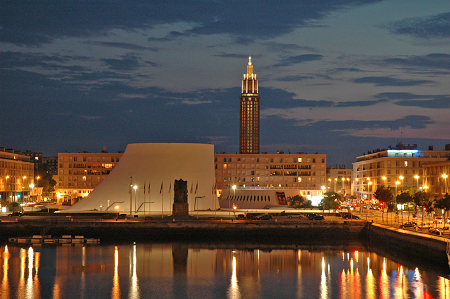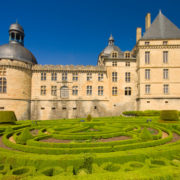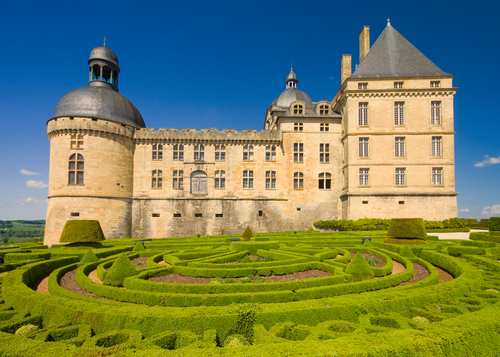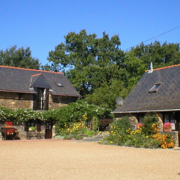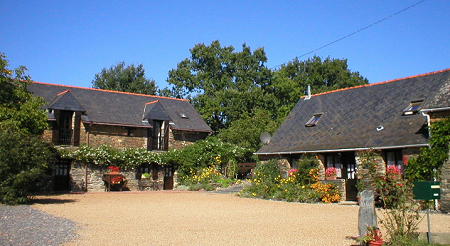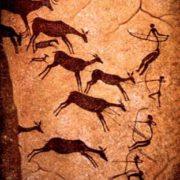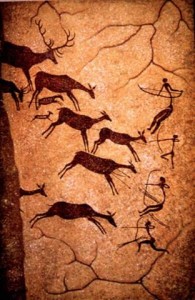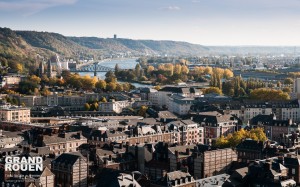In our 3rd and final route through France, we take a look at the Atlantic Coast and cut our way through majestically from Normandy in the north to Biarritz in the Pays Basque in the south west. Unlike the other two routes, this route has holiday destinations all along the way – the route takes us through, if not close to Normandy, Brittany, the Vendee, Charente Maritime and Landes.
Those of you docking at Roscoff, St Malo, Caen, Le Havre and Dieppe can also use this route.
Day One: Cherbourg to Avranches
Leaving Cherbourg is not difficult and before you know it you are on your way south. Almost within the first hour of arriving in France you will get to see one of the country’s most famous monuments – Mont St Michel. To get there, turn off the main road south of Cherbourg onto the D2 and follow signs for Coutances and soon you will see the great Gothic cathedral. Our guide has more information on Mont St Michel.
Avranches is not far from here and is a perfect stop for a spot of lunch; you have a choice of good eateries, from Chez Francois near the town hall, possibly the most popular in town www.chezfrancois.fr or stay on the road towards Rennes and come off at the St Quentin sur L’Homme. Here, Le Gue du Holme reataurant serves up quintessentially Norman food to prepare you for your afternoon’s trip.
Day One: Avranches to Mesnard la Barotiere
This afternoon continue towards Rennes, the Breton capital. If you are heading to Brittany for your holiday, you should begin making your way across to the Atlantic coast, following signs for Vannes, Quimper and Brest, if you are continuing further south with us then follow signs to Nantes. At Nantes you should begin to follow signs to La Rochelle and Bordeaux. Before long you will be crossing the Loire river, one of the 5 famous rivers of France (The Garonne, The Seine, The Dordogne and The Rhone being the other four) and you will be arriving in the Vendee, a favourite holiday hotspot for British and Irish families.
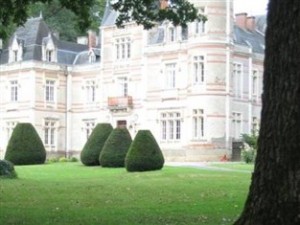 If you are heading for the Vendee then you should begin making your own way now, if not then there are some great places to stop for the night. First choice is the castle at Mesnard la Barotiere, a castle destroyed during the Vendeen war, later rebuilt and now offer weary travellers a place to stay in the shape of Chambres d’Hotes Double rooms from only £80. Second choice is head for Les Herbiers and locate Hotel Le Relais on Rue de Saumur, doubles start from £55. Both have good restaurants where to enjoy an evening meal. Le Puy du Fou, regarded as the greatest regular outdoor show in Europe is just a bit further up from Les Herbiers. The show is a painting of the Vendee’s history brought to live by hundreds of actors, farm animals, horses and even bears set in land that takes in a lake and a castle. The summer shows are a spectacle not to be missed. You will need to add a day to your trip if you want to take in the Puy du Fou experience. If Theme parks are an option for you, then you also have Futuroscope near Poitiers, which is just a bit further south.
If you are heading for the Vendee then you should begin making your own way now, if not then there are some great places to stop for the night. First choice is the castle at Mesnard la Barotiere, a castle destroyed during the Vendeen war, later rebuilt and now offer weary travellers a place to stay in the shape of Chambres d’Hotes Double rooms from only £80. Second choice is head for Les Herbiers and locate Hotel Le Relais on Rue de Saumur, doubles start from £55. Both have good restaurants where to enjoy an evening meal. Le Puy du Fou, regarded as the greatest regular outdoor show in Europe is just a bit further up from Les Herbiers. The show is a painting of the Vendee’s history brought to live by hundreds of actors, farm animals, horses and even bears set in land that takes in a lake and a castle. The summer shows are a spectacle not to be missed. You will need to add a day to your trip if you want to take in the Puy du Fou experience. If Theme parks are an option for you, then you also have Futuroscope near Poitiers, which is just a bit further south.
Day Two: Mesnard la Barotiere to Pons
Making our way south again from the Vendee towards Bordeaux. Around 140 miles on through the Charente, passing turnings for La Rochelle, Royan and La Palmyre, we will arrive at Pons, a small white-stone town. Pons is another example of a French town that has preserved its history well and it is a pleasure to wander around. Here you are on the outskirts of Cognac country, where samples of the liqueur can be found aplenty. Don’t forget you still have a long drive ahead!
If you fancy taking in a city stay instead, then driving for another hour will take you to Bordeaux, a wonderful rich city that is perfect for an overnight stay. As you arrive follow signs to Bayonne, you will move on the Rocade (Ring road) and for the Centre of Bordeaux should come off at sortie 21, follow the road alongside the enormous Garonne river, passing Pont St Pierre on your right and watch out for signs for Parking La Bourse, park here and take an evening stroll along the quai. There are plenty of summer activities happening along the quai and plenty of restaurants, including my favourite ‘Fernand’ near the Bourse buildings. There are plenty of hotels in Bordeaux, a popular one that leaves you close to the motorway and the city centre is the Teneo in Begles, double rooms from £50.
Day Two: Pons/Bordeaux to Biarritz
Regardless where you stayed the night, follow signs to Bayonne and Espagne (A63) and before you know it you are in the midst of the Landes forest and large stretch of land devoted to the cultivation of Pine trees. If you have time consider following signs to Arcachon, a seaside resort served by the TGV and home of the Dune du Pyla, Europe’s largest Sand dune. You can climb the dune courtesy of steps and take in amazing views of the bay of Arcachon across to Cap Ferret, the millionaires’ playground.
Along the Landes coast there are numerous resorts such as Biscarrosse, Mimizan, Messanges before arriving in Biarritz. The quickest route to Biarritz is to continue down the A63 autoroute. The road along the coast, whilst enjoyable in summer, does get very busy.
We hope you have enjoyed our series of routes through France and will hopefully see a different side to this amazing country, just by having a little more patience, stray off the motorway and discovering something new.
Drive Safely
Please note prices quoted correct at time of publishing

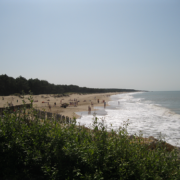
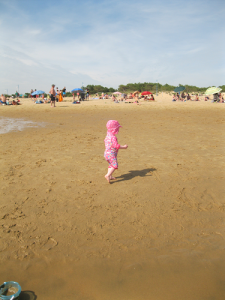
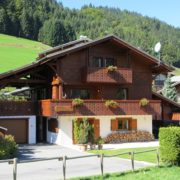
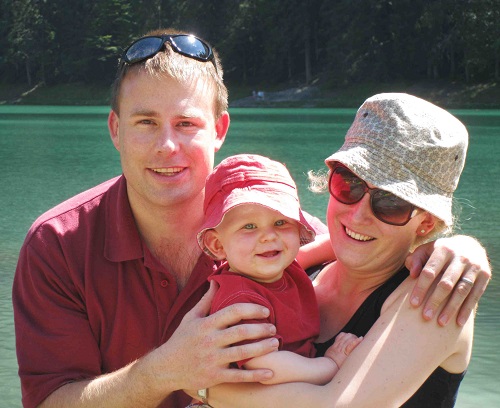
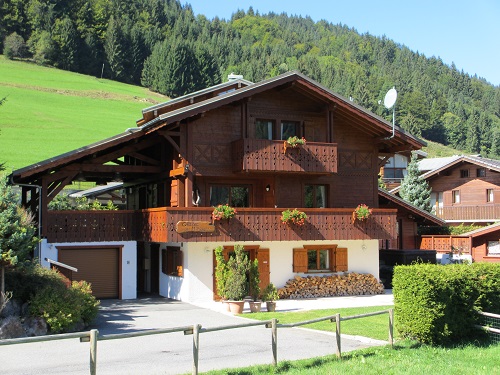
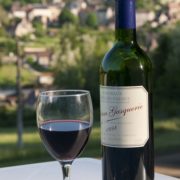
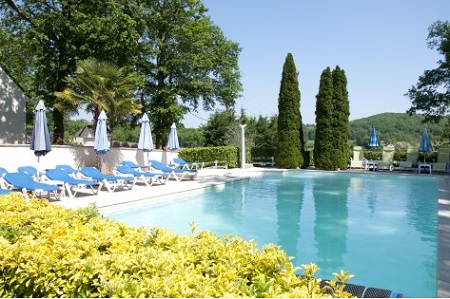
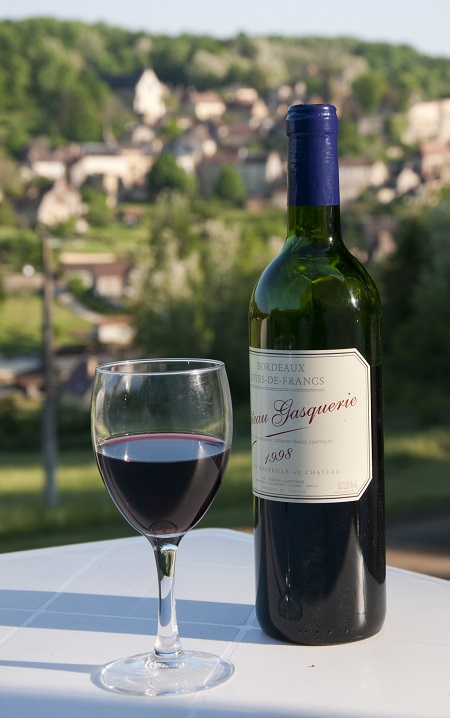
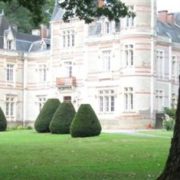

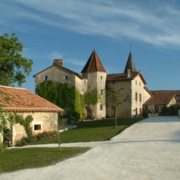
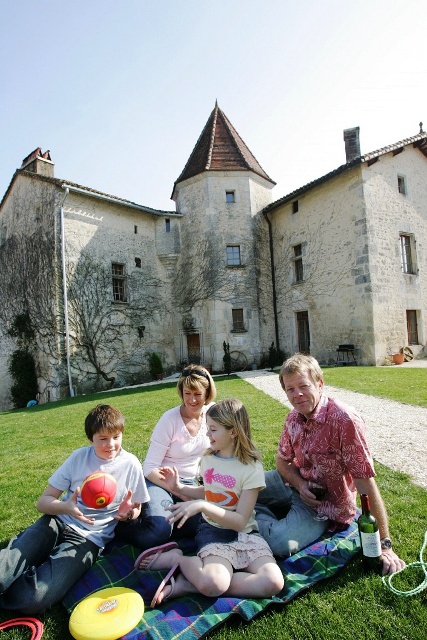
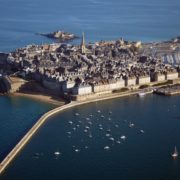
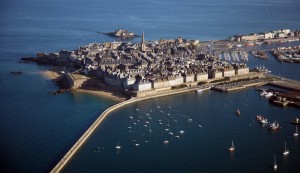
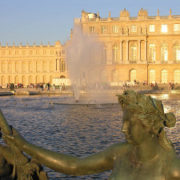
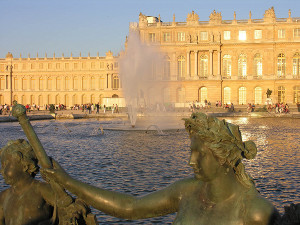
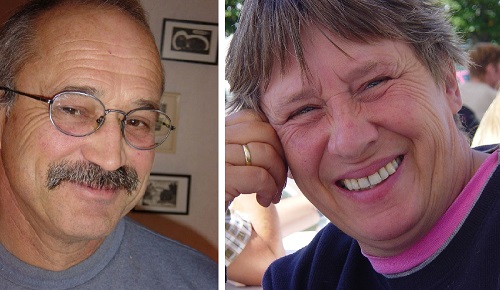
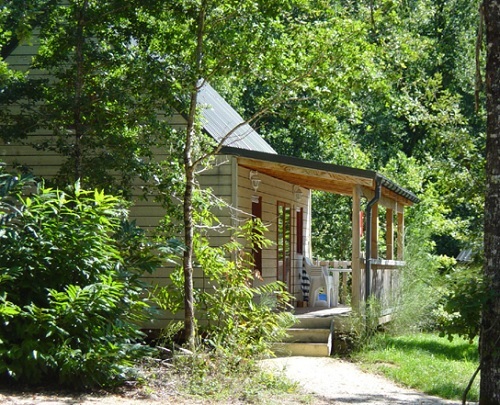
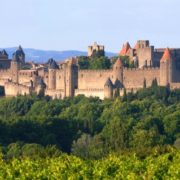
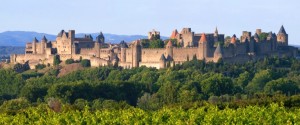
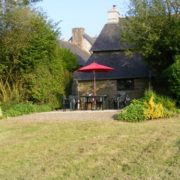
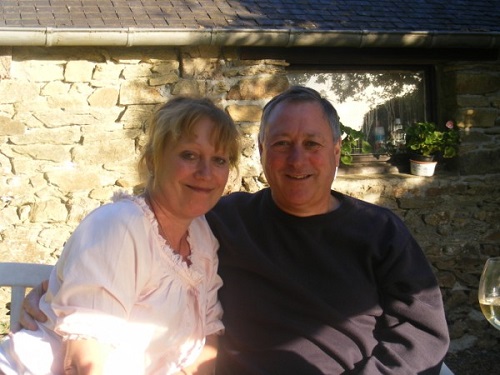
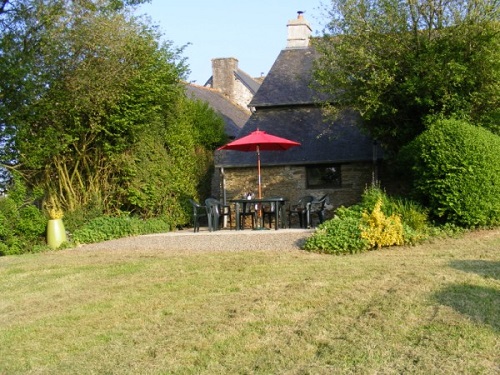
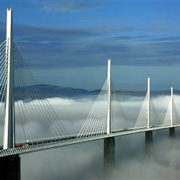
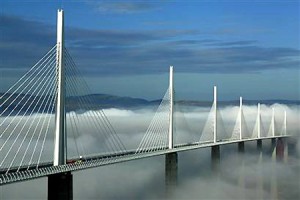 You are approximately 2 to 4 hours from your destination in the south of France, longer if you are heading into Northern Spain and Barcelona. Around 1h 30 mins south of Aumont you will come across the Tarn Valley on the edge of the Cevennes National Park, and the Millau Viaduct which spans the valley beautifully, some believe it spoils the landscape, but judge for yourselves. The best place to see this magnificent structure is from the town below that gave the viaduct its name.
You are approximately 2 to 4 hours from your destination in the south of France, longer if you are heading into Northern Spain and Barcelona. Around 1h 30 mins south of Aumont you will come across the Tarn Valley on the edge of the Cevennes National Park, and the Millau Viaduct which spans the valley beautifully, some believe it spoils the landscape, but judge for yourselves. The best place to see this magnificent structure is from the town below that gave the viaduct its name.